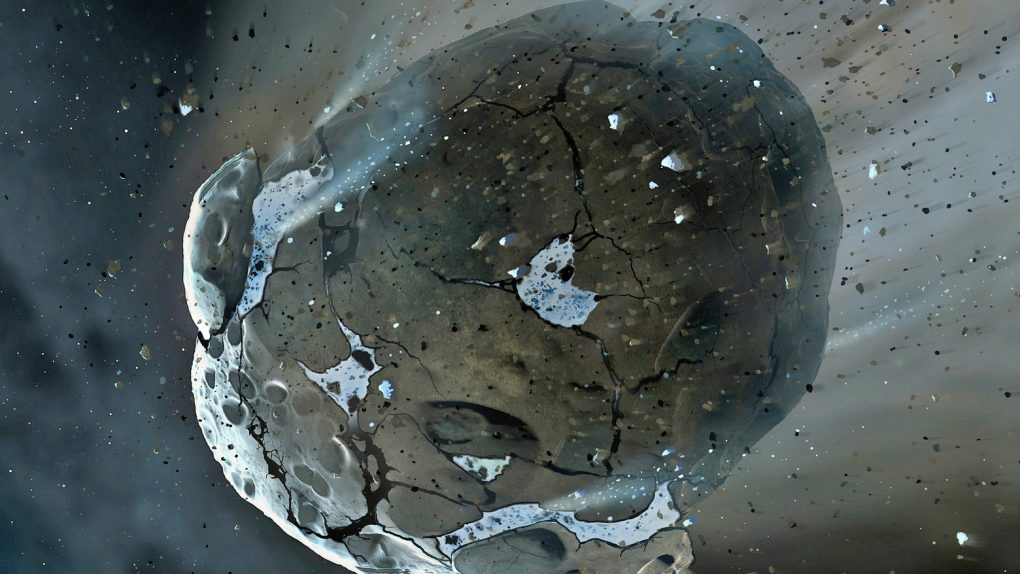Asteroids are one of the most serious threats to life as we know it, but scientists and skywatchers have gotten pretty good at predicting exactly when and where the dangerous rocks will appear, and how close they’re going to come to our planet. One massive space rock, called 99942 Apophis, is going to make a very close pass of Earth in 2029, and that flyby could determine the fate of our planet in the not-so-distant future.
“We can rule out a collision at the next closest approach with the Earth,” Astronomer Alberto Cellino told Astrowatch. “But then the orbit will change in a way that is not fully predictable just now, so we cannot predict the behavior on a longer timescale.”
The flyby in 2029 will be extremely close, with the rock expected to pass within 20,000 miles of Earth’s surface. That’s a ridiculously close shave by space standards, and it’s such a tight squeeze that the gravity of Earth is expected to alter the path of Apophis in such a way that its future passes will become much more unpredictable until further forecasting can be accomplished.
The threat from Apophis is particularly dire because of its size. The asteroid has a diameter of over 1,200 feet, and a collision with our planet would be a catastrophic event by any measure. Scientists have forecasted the potential impact, estimating that the rock would strike with an amazing 750 megatons of energy. By comparison, the Tunguska event — which flattened a huge forested area in Russia’s Siberia — is thought to have only been about 10 megatons of force.








